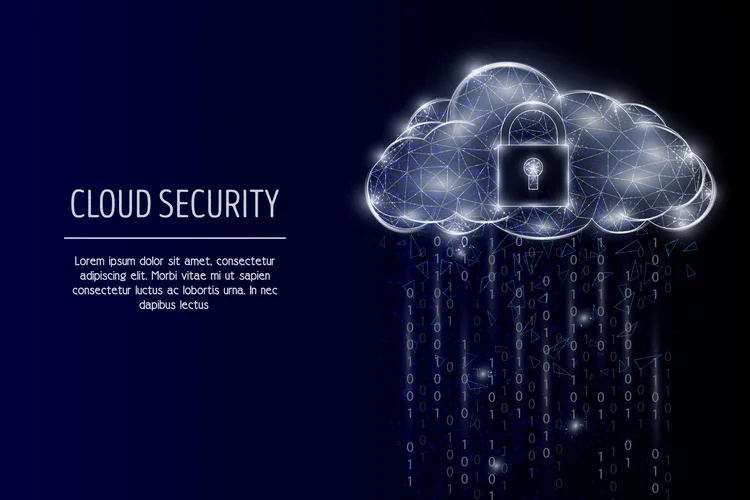By using statement coverage as one of your white box testing techniques, you can eliminate dead code and uncover unused statements. White box testing involves executing a series of predefined inputs and observing the results. If the outputs show any abnormalities, then the bugs are reported. Test cases are designed and run, and the process is repeated until all major bugs are eliminated.
This step generally requires the presence of a well-documented software requirement specification. It covers numerous test cases, allowing maximum bugs to be discovered. This testing method is used at all stages of https://www.globalcloudteam.com/glossary/white-box-test-design-technique/ the software development cycle. No requirement of an interface as is needed in other types of testing, such as black box testing. It is a type of testing technique that tests all the defined programming statements.
White Box Testing Techniques
As a tester, you have to be well versed in programming language, testing tools, and various software development techniques. White box penetration testing should be conducted on a software application as it is being developed, after it is written, and again after each modification. This process can be very complex and time-consuming, depending on the size and expanse of the application being tested. In our earlier blog on ‘Black-Box vs Grey-Box vs White-Box Penetration Testing,’ we had explained what type of testing would be best suitable for your organization. Each has its strengths and weaknesses in speed, accuracy, coverage and efficiency.
There are different kinds of testing and it is chosen based on the actual requirements. Unit testing – Unit testing tests all written code to see if it works as expected. Decision table testing tests the software system for outcomes produced by different input combinations. By using decision table testing, you can check all the possible conditions necessary for generating the desired output. The tools used in a White-box Penetration Test are not much different from those used in other penetration tests, but the methodology used to use these tools differs greatly. The program is a set of decisions, and a decision is a condition that a certain condition is true or false.
What are some common white box testing techniques?Common white box testing techniques include …
White box testing requires professional resources with a detailed understanding of programming and implementation. Statement coverage helps uncover unused statements, unused branches, missing statement that are referenced by part of the code, and dead code left over from previous versions. Which of the following audit test is most appropriate for CAATS (the white-box approach)? For example, auditors may enter transactions into the system that are above the predetermined limits. If this process goes through, auditors can conclude that the internal controls in place an inefficient. Through test controls, auditors can test the client’s controls in a more effective manner than other procedures.

Provides clear, engineering-based rules for when to stop testing. Gives the programmer introspection because developers carefully describe any new implementation. Testing each and every path of the loop from a large system is very exhaustive and hence is not possible. But you can select the important paths and test them to get desired results. This blog will provide you a comprehensive cloud strategy and readiness guide to help you…
XS Cloud Native
Black box testing mainly focuses on the comprehensive examination of application functionality. It is closely related to behavioral testing; however, behavioral testers may have limited https://www.globalcloudteam.com/ knowledge of internal application workings. White-box testing requires a programmer with a high level of knowledge due to the complexity of the level of testing that needs to be done.

The main difference between a black box test and a white box test is the tester’s level of knowledge about the target. White box testing is typically useful for mission-critical applications and systems due to its resource-intensive and rigorous nature. While it gives us more visibility into the internal workings of an application, there are some overheads to consider as well. Let’s dive into the benefits and drawbacks of using this testing methodology.
How White Box Testing and Secure Code Review Differ
Although secure code review and white box testing both share comparable goals and the testing methods involve finding bugs in the source code, they are two distinct methodologies. It is one of two parts of the Box Testing approach to software testing. Its counterpart, Blackbox testing, involves testing from an external or end-user perspective.
- The term “white box” is used to refer to the concept of the see-through box.
- In black box testing, the testing team analyzes the workings of an application without first having an extensive understanding of its internal structure and design.
- Grey box testing, however, is a compromise – testing a system with partial knowledge of its internals.
- As opposed to black-box testing, it does not focus on the functionality but involves line to line assessment of the code.
- The first thing a tester will often do is learn and understand the source code of the application.
White box testing involves complete knowledge of the inner workings of a system under test and black box involves no knowledge. Grey box testing, however, is a compromise – testing a system with partial knowledge of its internals. It is most commonly used in integration testing, end-to-end system testing, and penetration testing. All statements are at least once executed at the source code level in this white box testing approach. The white box testing process is much more ‘surgical’ than black box testing and far more effective on smaller targets. The goal is to assess all the possible cases and scenarios for the target, which is often a ‘too-critical-to-fail’ application, component, or functionality.
Data Flow Testing
Turing helps you hire the top 1 percent of developers in 3-5 days. Companies can choose from a pool of 2 million developers with 100+ skills to find a suitable candidate. For example, if you create a software function that accepts 6 digits to verify an OTP, then each partition of that function with six digits should be able to check the value. Also, if you enter more or less than six digits, the function should direct the user to the error page. Equivalence partitioning divides data into partitions of valid and invalid values wherein the partitions exhibit the same behavior.

Most of the traditional testers prefer calling as transparent box testing or glass box testing. Yet another popular black box testing technique is error guessing. This technique involves identifying problematic areas of software with common testing questions. The tester must rely on their experience and test cases for other applications. White box audits, also known as clear box audits, offer unparalleled insight into the inner workings of a system or application.
How do Computer Assisted Audit Techniques Work?
Auditors need to have sufficient knowledge to operate these tools. CAATs also need data in a specific format, which the client may not be able to provide. CAATs let auditors collect more evidence and form better opinions regarding their clients. CAATs enable auditors more freedom with their work and focus on critical areas.





